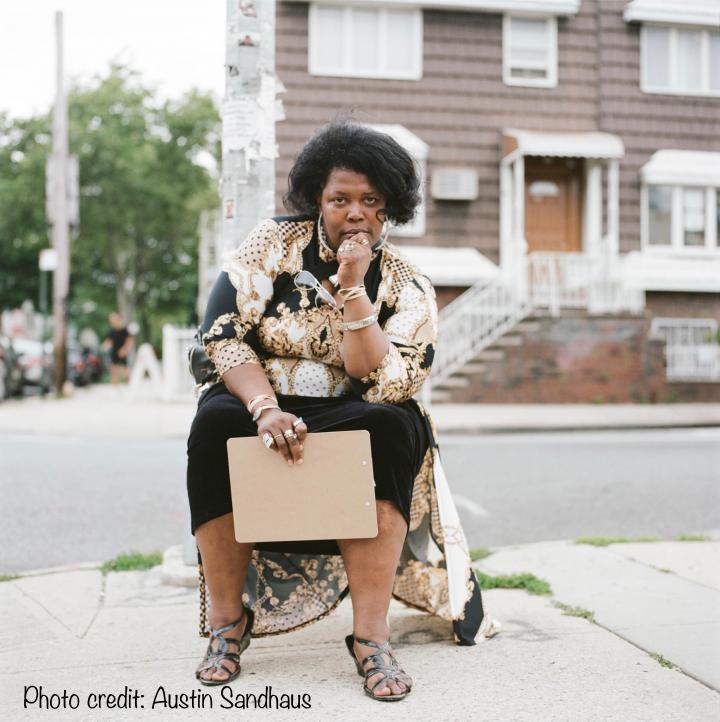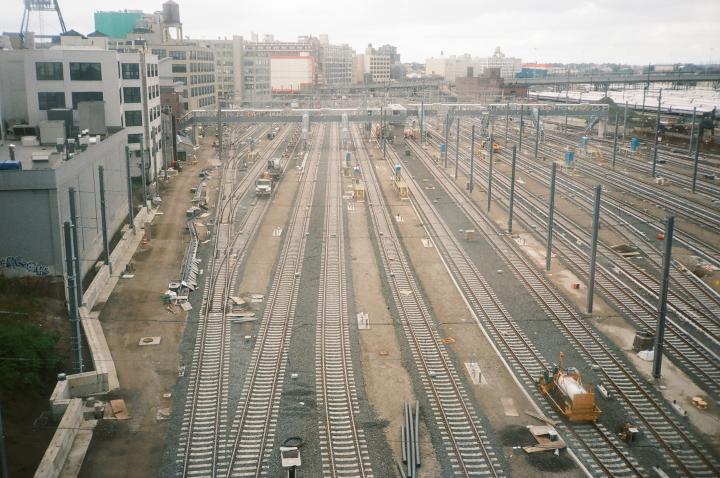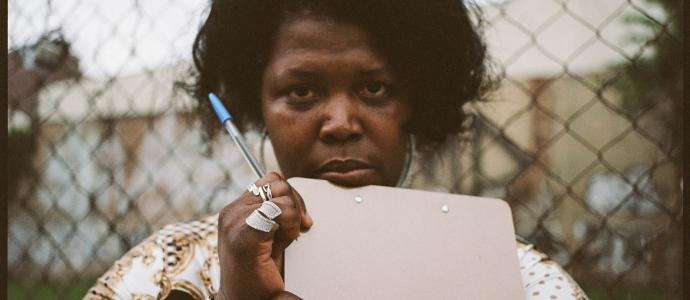Share
 "I’ve always dreamed of showing my art to everyone,” said Heydi de Los Santos, a 48-year old artist from Brooklyn and current artist-in-residence at Summertime, a not-for-profit art studio and gallery in Brooklyn.
"I’ve always dreamed of showing my art to everyone,” said Heydi de Los Santos, a 48-year old artist from Brooklyn and current artist-in-residence at Summertime, a not-for-profit art studio and gallery in Brooklyn.
Artists like Santos stand at the singular intersection of the disabilities and fine arts worlds, often held back from pursuing creative careers due to lack of resources, isolation, and stigma that continues to limit their exposure. Filling this vacuum are progressive art studios, creative communities which provide opportunities for artists to engage, make, and sell their art. One such studio is YAI Arts.
Based in New York City, YAI Arts supports people with I/DD like Santos, providing space to channel their creativity and become working artists. Progressive art studios help hone technique, teach the business side of artistic production, and connect artists to the professional art scene, which, for a New Yorker like Santos, is quite an asset. Working with Anna Schechter, a former YAI employee who founded Summertime Gallery, Heydi De Los Santos discovered the four-week art residency.
Over the last ten years, artists with disabilities have received increased attention. A 2009 study funded by the National Endowment for the Arts showed that attitudinal barriers and accessibility challenges make it difficult for them to access training and professional opportunities to become artists--a trend that led an artist like Santos to pave her own path.
Arriving in New York from the Dominican Republic when she was five, Santos quickly became a part of the city by embracing something most New Yorkers take for granted: the subway. “As someone with a disability who can’t drive, public transportation in New York allowed me to get where I needed to go. It gave me a sense of freedom to reach my destination without having to wait for people to take me,” she said.
Her lifelong admiration for the Metropolitan Transportation Authority (MTA) led her to Summertime. During her residency, Santos used disposable cameras, instamatic cameras, and her cell phone to capture more than a thousand pictures. She visited 40 train stations to get photos featuring trains and buses, MTA signage, empty train yards, and even the different kinds of shoes people were wearing as they traveled.
“Art is like therapy for me,” Santos said. "It lets me be distracted from the chaos of what’s going on in the world right now. Taking pictures of MTA during the Summertime Residency gave me a chance to do that.”
Born in the wake of the pandemic, the Summertime Residency is the shared vision of Schechter and Sophia Cosmadopoulos, who decided to provide a platform for neurodiverse artists to tell their stories, showcase their talent, and sell their work. Connoisseurs of art created by people with I/DD, Schechter and Cosmadopoulos intend to challenge discrimination in the art world by including work made by people with disabilities into the canon of contemporary art. 
“Heydi’s love for the MTA and the way she expresses it enthralled us,” Schechter said. “The pandemic and people’s reluctance to take public transportation has forced us all to slow down and be grateful for the tools we have, and Heydi’s topic for the residency could not have come at a more perfect time.”
During her four weeks at Summertime, Santos travelled through New York, clicked pictures and came back to the gallery on Ainslie Street, Brooklyn, at the end of each day. As she sat surrounded by the glass windows of the studio, passers-by watched her creative vision come to life in photography, abstract drawing, painting, and embroidery. “Heydi working in that space, which is like a fishbowl, infused Ainslie Street with some of her passion,” Schechter said. “Even if it’s through a glass window, people could feel her energy.”
Santos hopes to showcase her work in the coming months through virtual exhibitions and partnerships, including with the New York Transit Museum. It is through programs like these that artists in the I/DD community can continue to thrive and nurse their craft. Santos hopes to advocate for artists with disabilities in the long run and leave her mark in the world of art.

